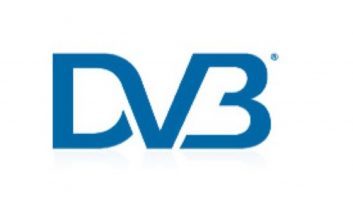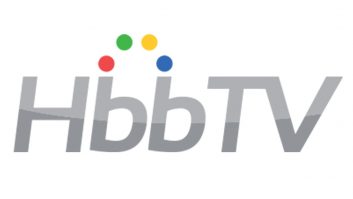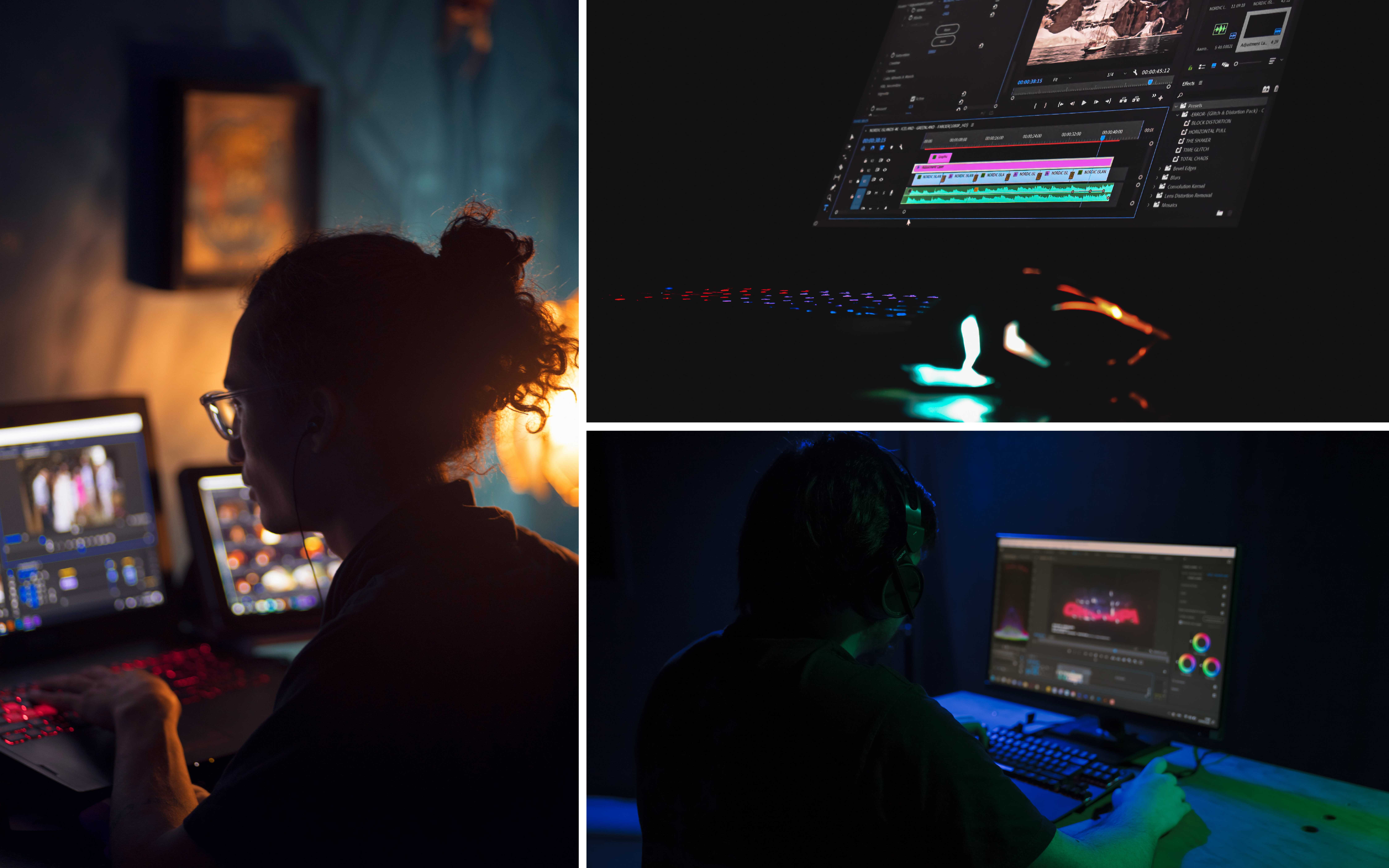
The DVB announced yesterday that the technical work to finalise DVB-3DTV, its two-element standard governing signaling and captioning, is to be completed by November.
But even as its ‘level one’ frame compatible approach nears ratification, discussions around the deployment of a full bandwidth system for both eyes promise a second 3D system that presumes a new STB, and the consideration of initiatives like embedded 2D, top-up signaling, and title framing.
Talking about the main driver for DVB-3DTV, commercial module Chairman David Wood said: “We turned to a level one system where you must use an existing HD set-top box. Companies like Sky wanted to make use of their existing parks of set-top boxes. You keep your customers, but they have to buy a new display.”
The ‘half an HD signal’ issue does not worry Wood. “When you add the two pictures together in the eye and the brain there is a kind of synergy effect, so it’s not about saying this is a half resolution picture.
“When you look at a 3D picture the best place to be is at the eye’s hyper focal distance. This means it is better to sit back, and the best viewing distance might be closer to 5X picture height than the 3X for HD,” he added.
The new standard will specify the delivery of left and right images, and uses a spatial multiplex system to signal what each HDTV frame contains. The set-top box happily receives an HD signal, which it decodes and passes to the display, where the signal is unraveled.
The key issue for defining the DVB multiplex was defining a set of (eight) frame compatible formats to meet worldwide market needs. The standard will also cover the display of captions, subtitles and other forms of rolling text – end users getting guidelines on matters like using GUI.
“The main thing is to provide information for the display about the best position to put text elements, just forward of the nearest object in the image,” said Wood. “We hope to provide data for displays that can use it, but there has to be a default situation for displays that cannot respond.”
On the issue of a second 3D system for 2012 say, Wood said: “Certain members of the DVB Project believe it is worth looking at systems that give full bandwidth L and R. The embedded 2D picture simplifies simulcasting. With top up, you keep your existing frame compatible signal and bring L/R to full spec, but why would you do that?
“With tile framing, you place two 720p 50 pictures into a 1980p 50 channel. Overall, it is too early to say how things will pan out though. The critical thing is to try and say to the industry ‘here is the standard with the eight formats, so lets try to agree that it works for everybody’. There is pressure for this standard because the world needs it. The DVB would like all TV sets to handle all eight formats.”






